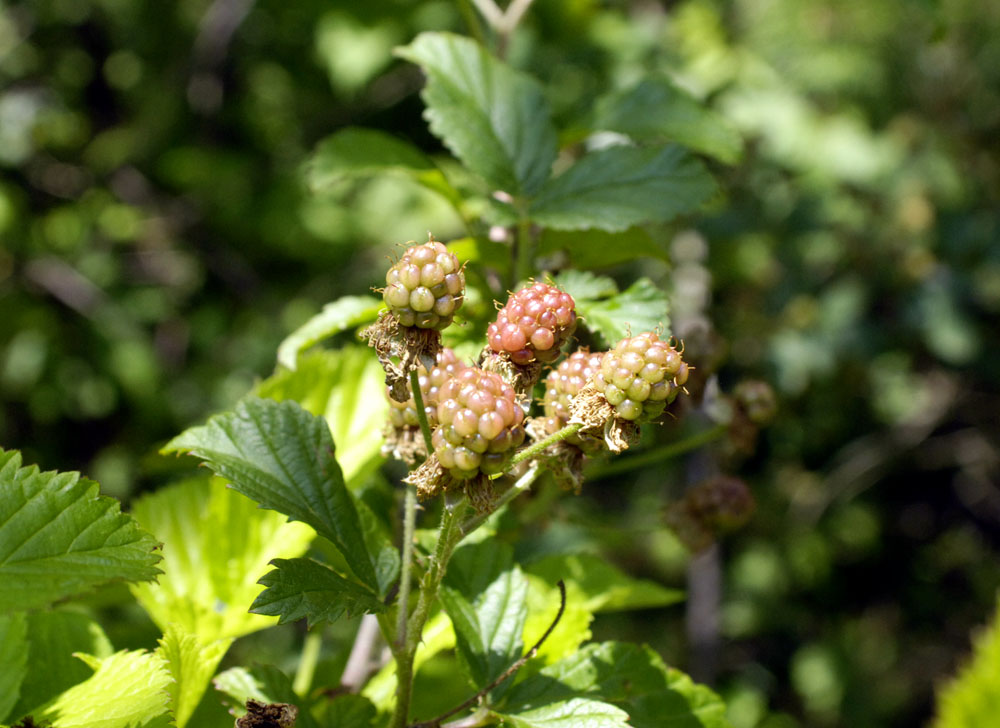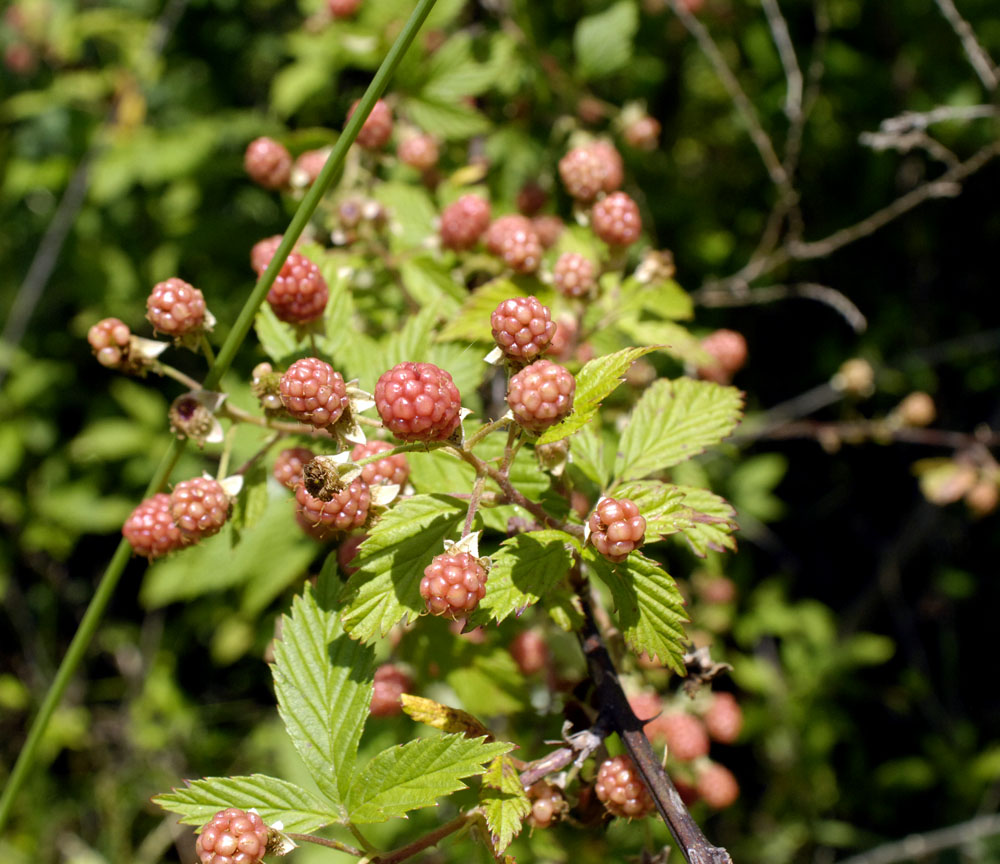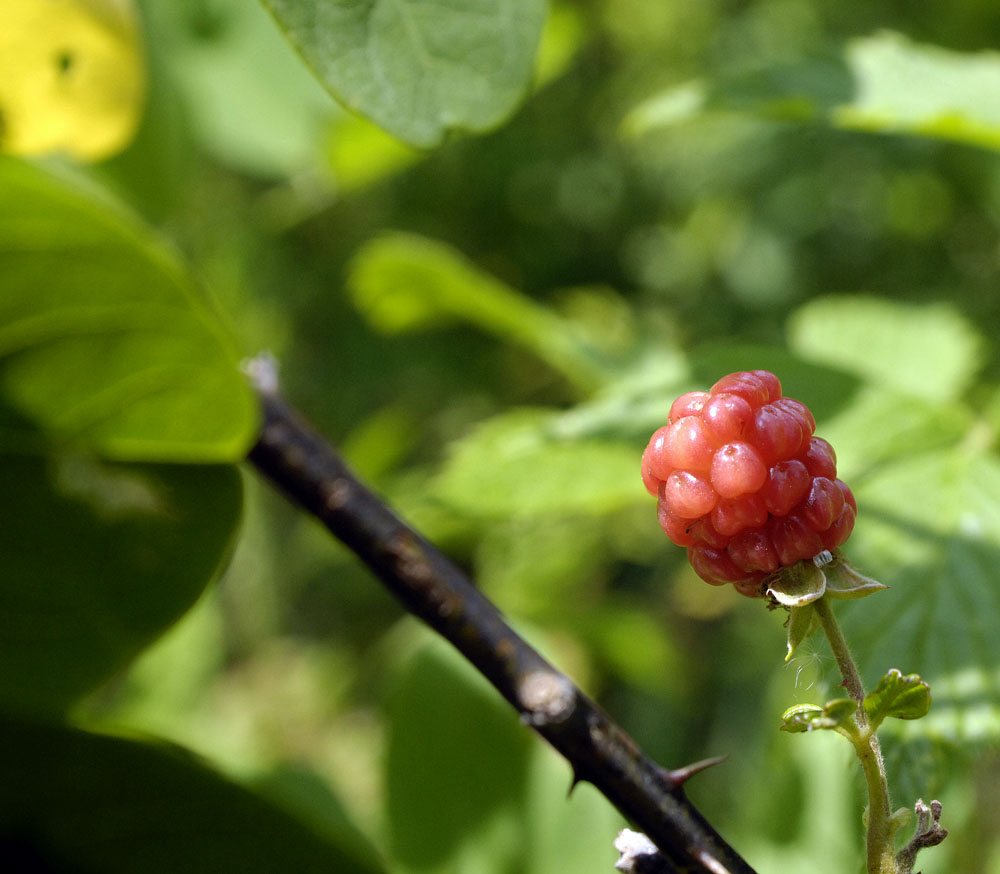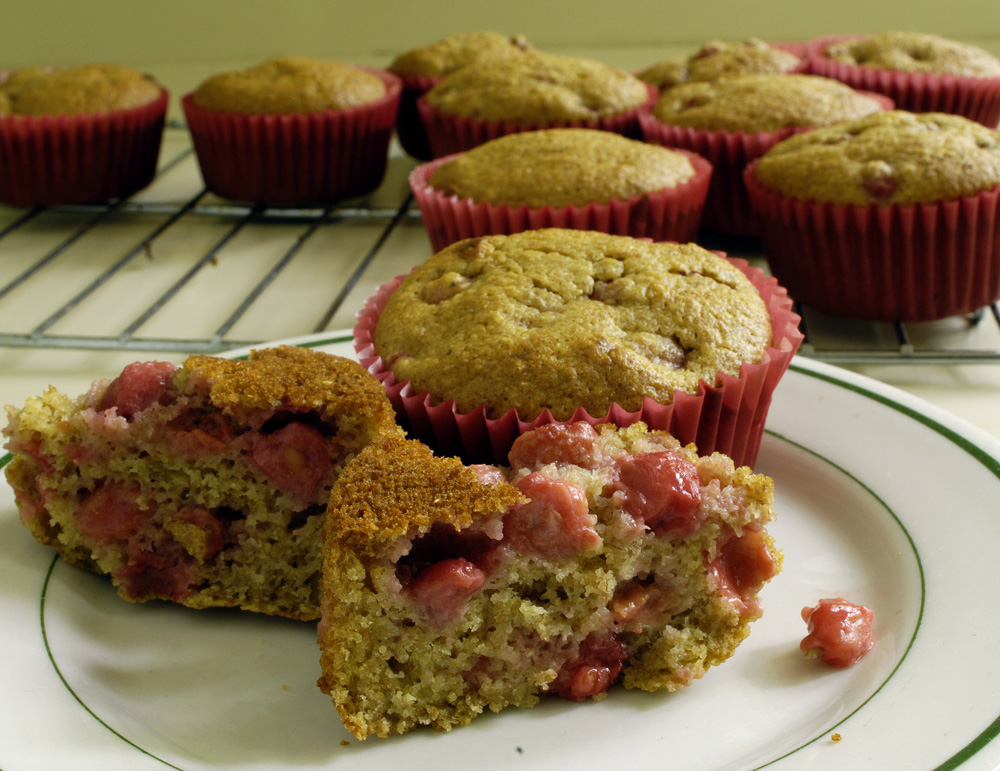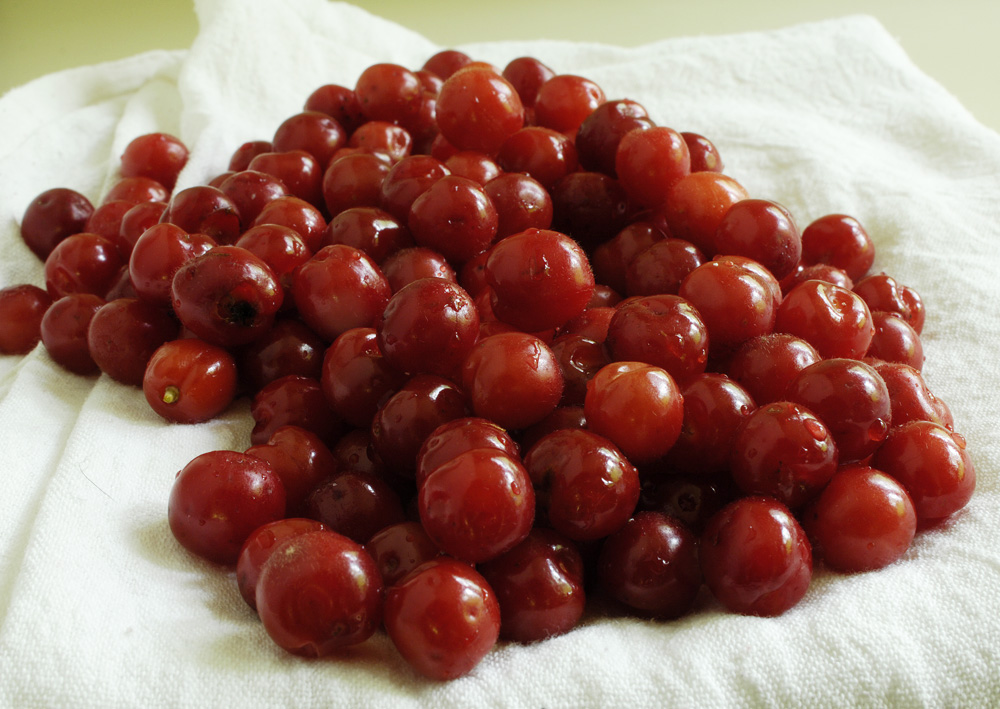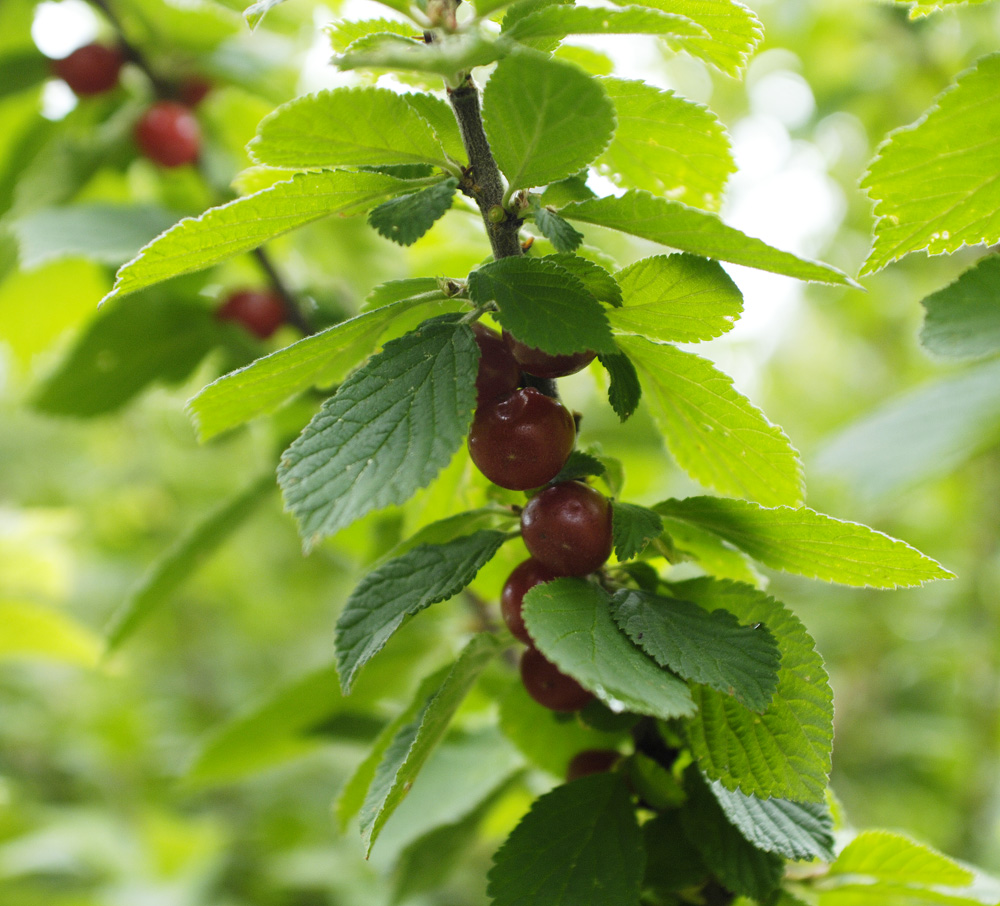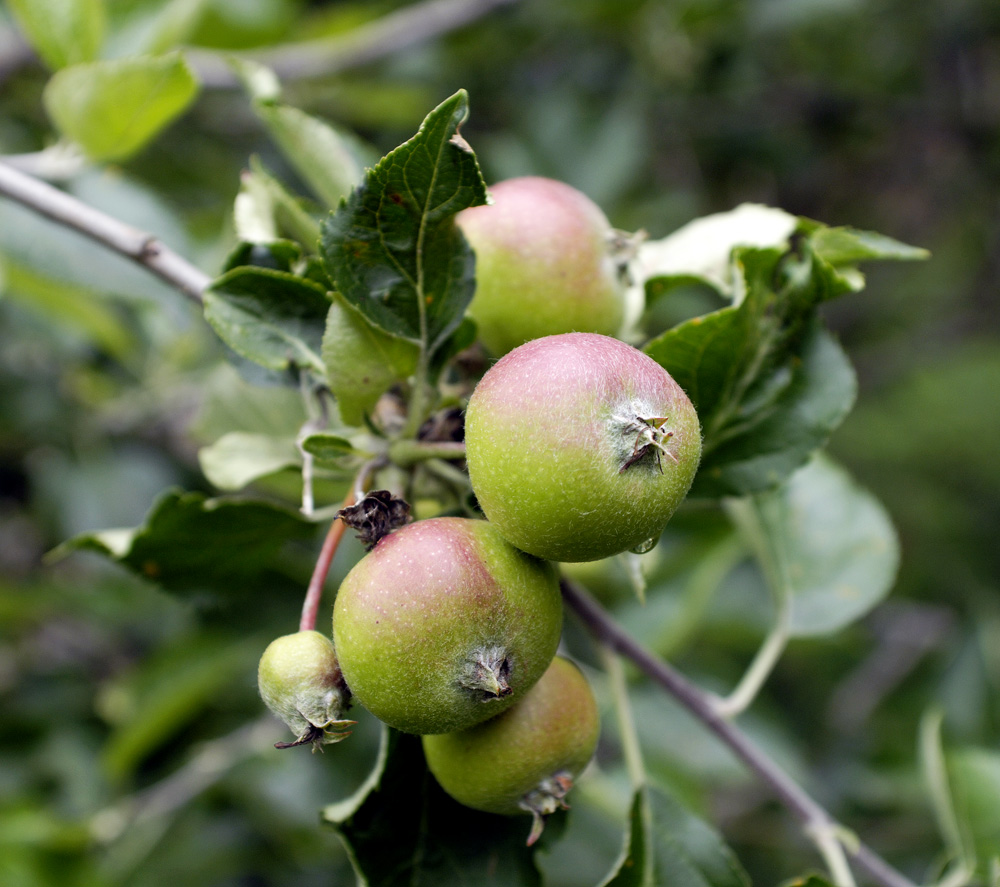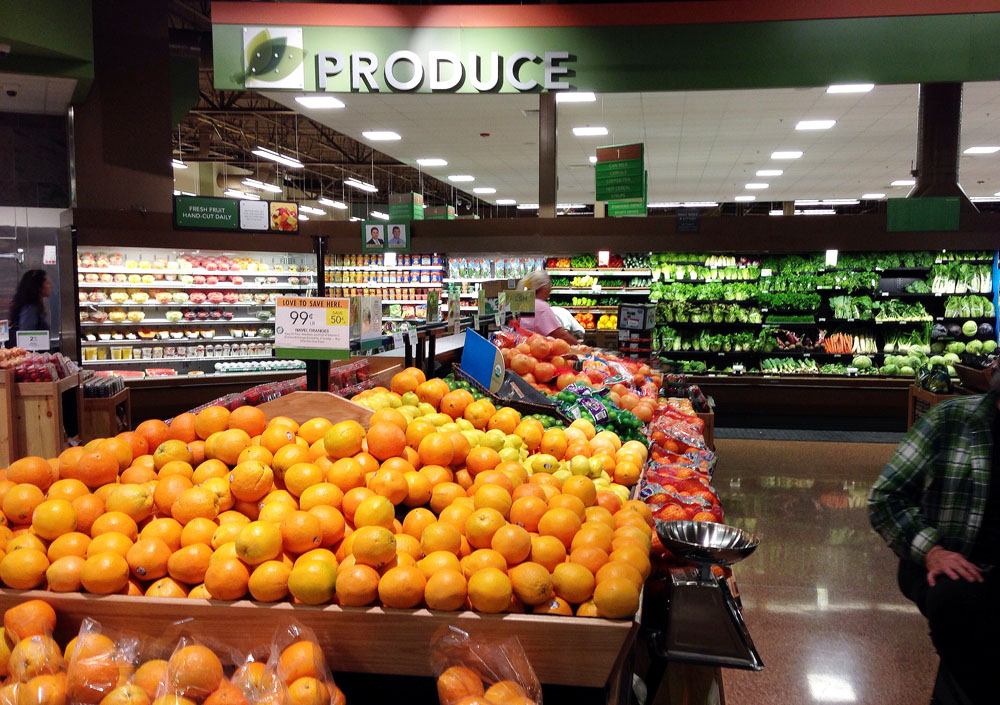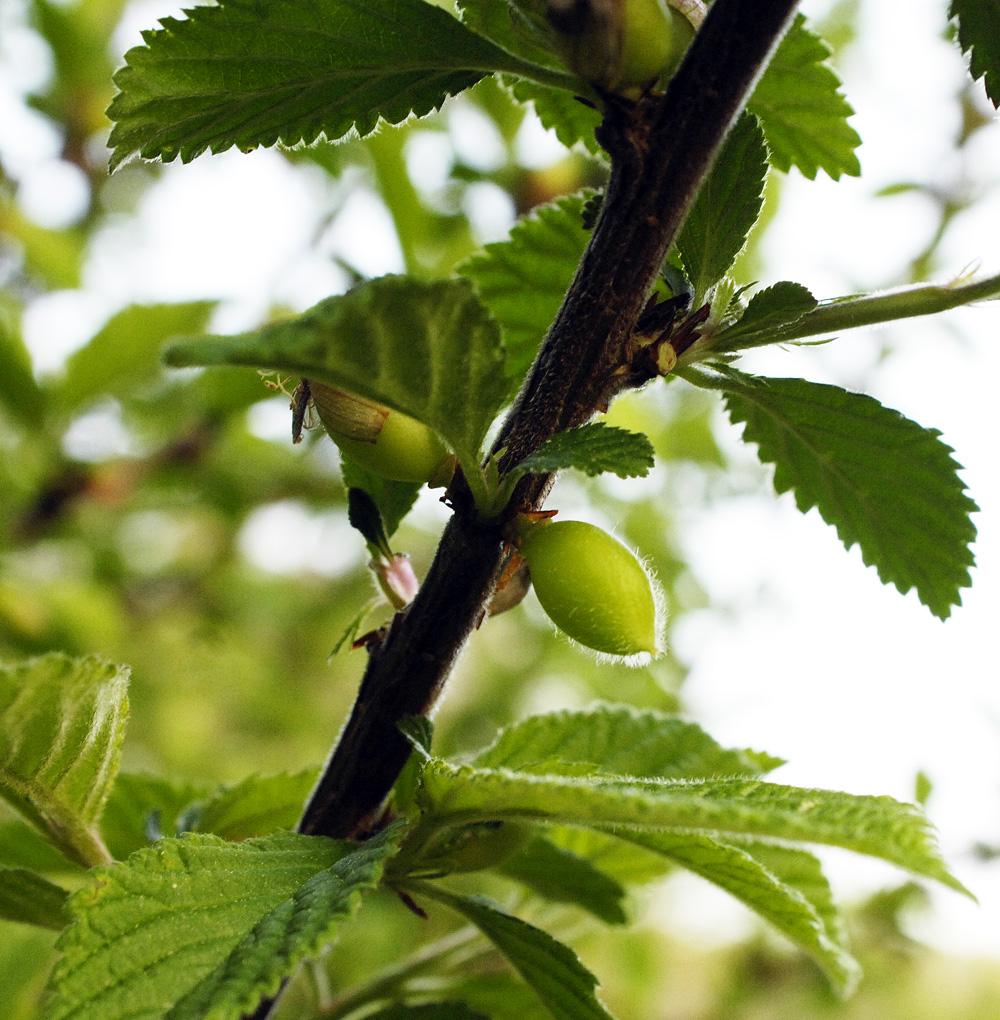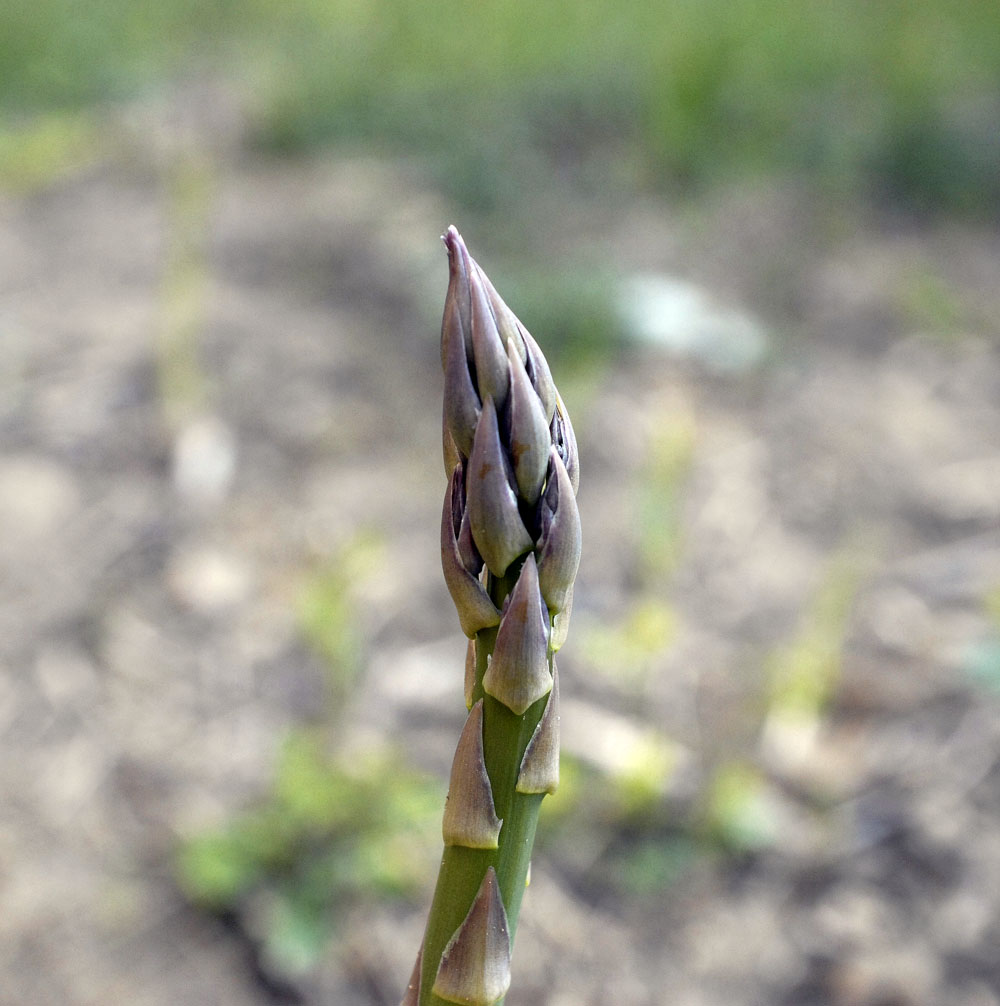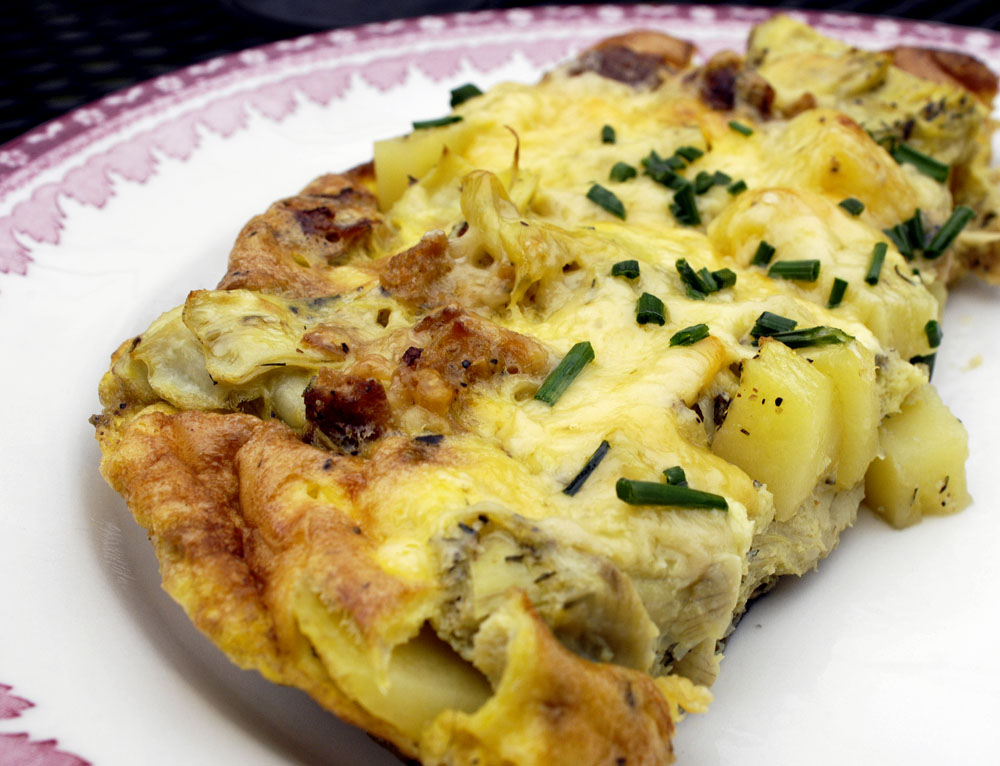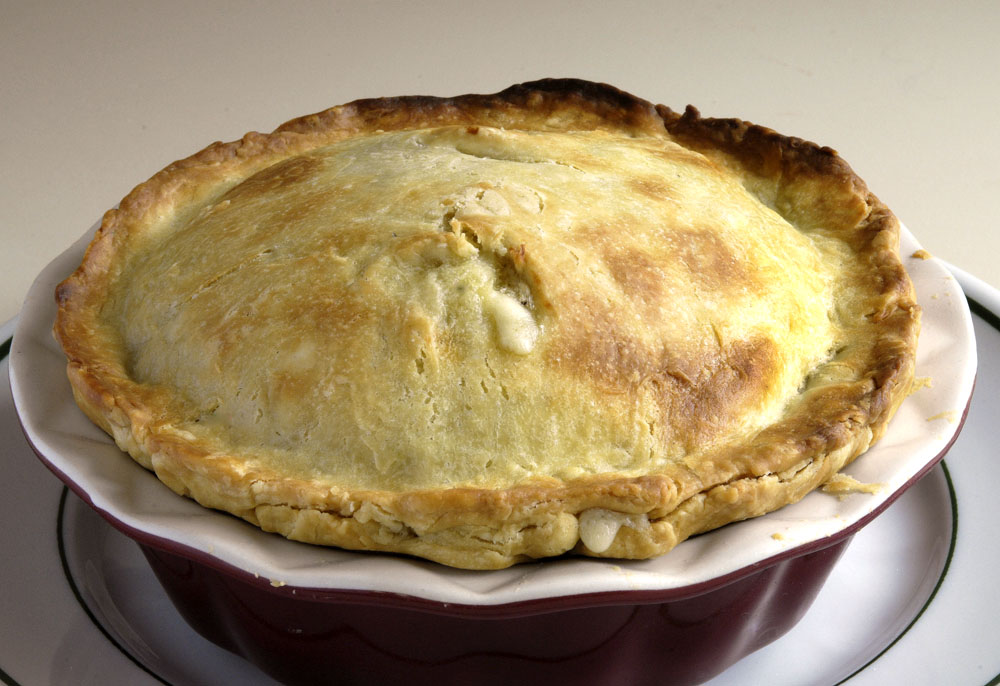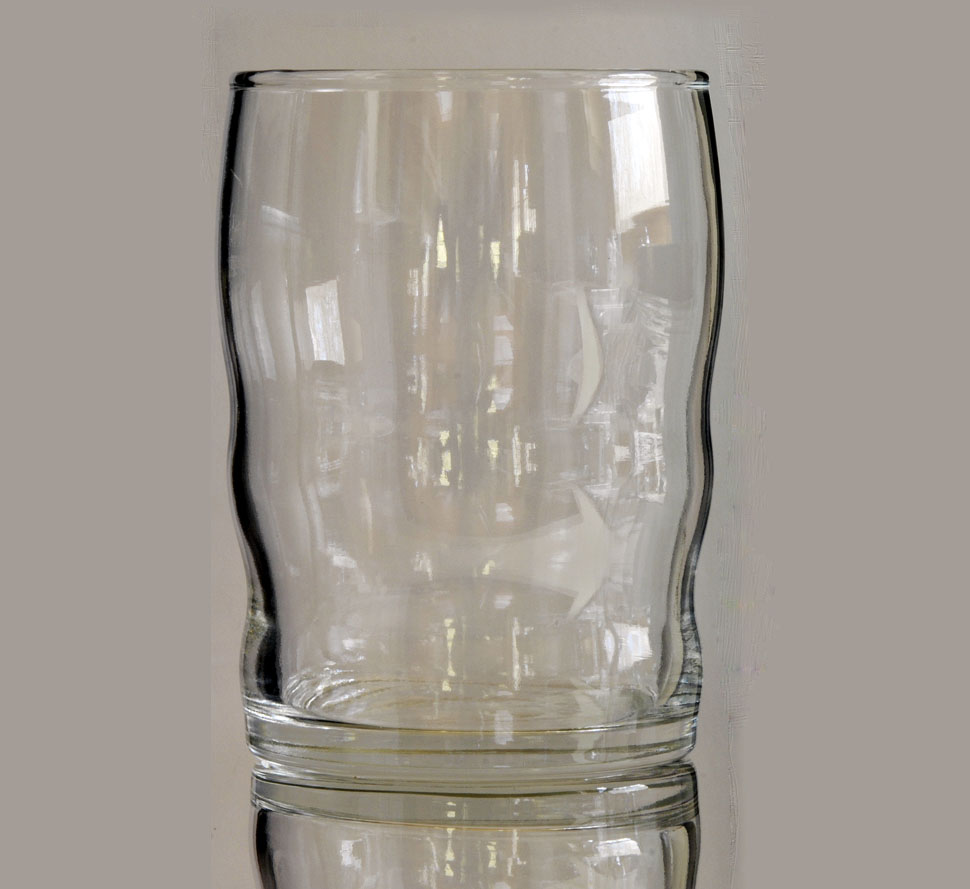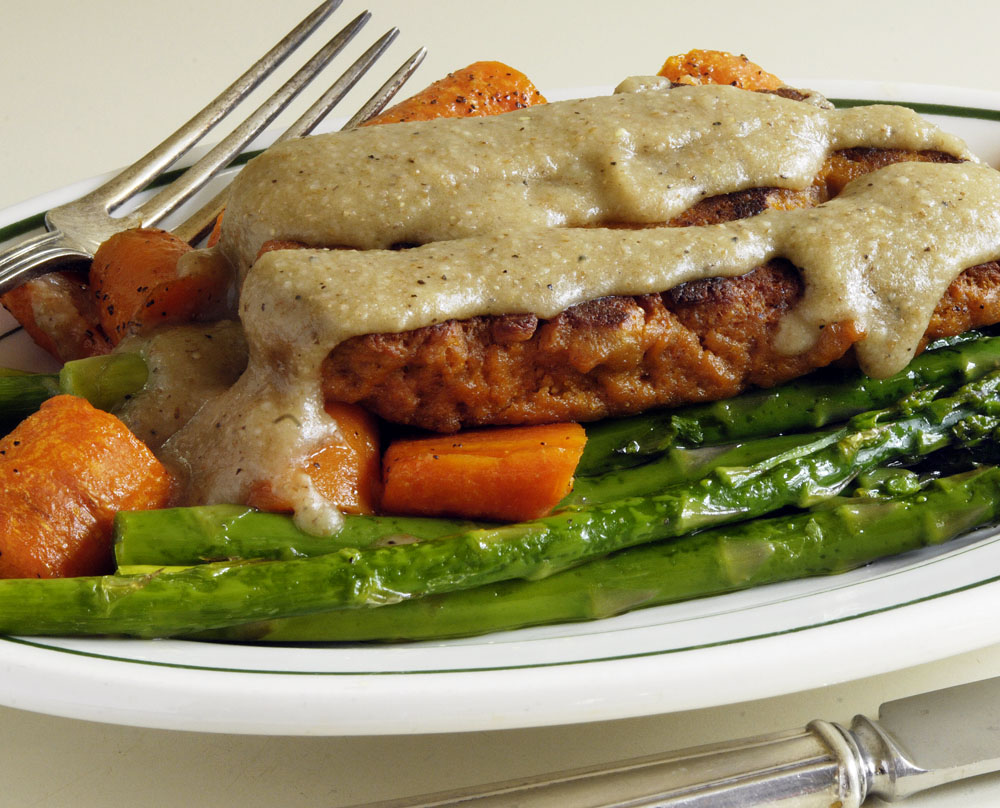
In the 1970s, I just called it gluten globules. These days we call it by a fancier name — seitan. The fancy name makes it sound hard to make, but nothing could be easier. It’s a fantastic and versatile meat substitute.
In the 1970s, I actually isolated the gluten by washing the starch out of a dough made from unbleached flour under running water. That’s for the birds. These days, you just start with gluten flour.
You’ll find recipes for seitan all over the Internet. It’s just a dough made of gluten, cut with other ingredients that tenderize it (such as chickpea flour) and seasonings. Then you shape it and pre-cook it by simmering it in water or steaming it. Then you fry it!
Seitan made from only gluten would be very rubbery. By adding chickpea flour, soy flour, barley flour, or brewer’s yeast (or all or some of those), plus some olive oil, the seitan becomes tender. You can adjust the “bite” of the seitan by varying the proportions. You can season it as a chicken analog, a pork analog, a beef analog, a sausage analog, or no analog at all. Ingredients to consider include tomato paste to redden it, soy sauce to darken it, Worcestershire sauce, barbecue sauce, garlic powder, curry seasonings — let your imagination be your guide. I have found that seitan steams beautifully in the Cuisinart steam oven.
I’ve written here before about my deep suspicion of the anti-gluten movement. Sure, a small percentage of the population truly have a gluten problem. But speaking strictly for myself, my Celtic genetics love gluten, and you’d have to kill me to make me give it up. Seitan is one of the best high-protein, low-carb, earth-friendly proteins I know of.
I’ve been on my low-carb repentance diet for about a week now. Technically, the roasted carrots are a no-no. But I skipped breakfast to earn the carrots. Over a period of three years, I’ve let my ideal weight creep up by five pounds. It’s no carbs for me until the five pounds are gone. But I’m not going hungry. It’s really very true that, on a low-carb diet, you really don’t get very hungry.

